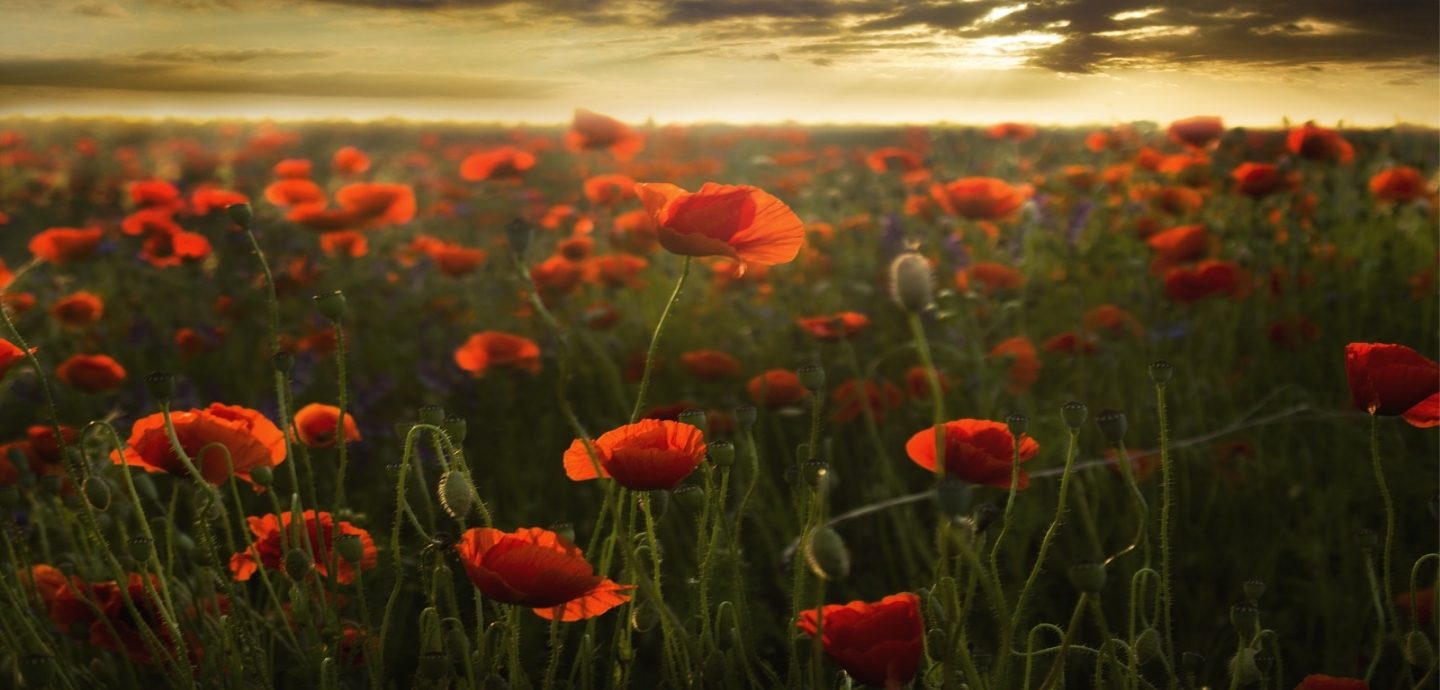In history and literature, there’s no other flower that has made a mark than the poppy.
Poppies (scientific name: papaveracaeae) are small flowering plants, often herbaceous, often grown for their flowers. They have also been used for medicine. One species, the papaver somniferum is the source of opium.
So, how did the poppy gain so much significance?
It was during the First World War where trench warfare in France was raging. So many men and animals have died, and their blood, along with the nitrogen from explosives and lime from shattered infrastructures such as houses and buildings, fertilised the soil to such an extent that poppies flooded the fields of France and Belgium. Constant bombardment of the soil also disturbed the iy, bringing the seeds to the surface.
And the longer the war raged, more soldiers were being killed, the more the poppies thrived.
Soldiers wrote home about the poppies, and so did the poets. One of them was John McCrae, a Canadian doctor at a field hospital. He wrote In Flanders Fields after burying his friend, a fellow officer in the Canadian army. The poem was published in Punch, a popular publication. In millennial-speak, the poem became “viral” almost immediately. The poppies became the symbol of the war dead; the souls of soldiers killed in action between 1914 and 1918 becoming flowers.
An American professor named Moina Michael brought about the poppies’ “popularity”. Inspired by McCrae’s poem, she wore a poppy in remembrance of the fallen soldiers. Moina also helped out in war efforts, assisting in training YMCA workers. After the war, while holding classes for disabled servicemen, Moina realised that she needed to provide continual financial assistance to those servicemen. This prompted her to sell silk poppies as a means of raising funds for the veterans.
In 1921, her efforts have resulted in the poppy being adopted as a symbol of remembrance in America, as well as Britain.
You can learn more about the First World War here, here, and here.

